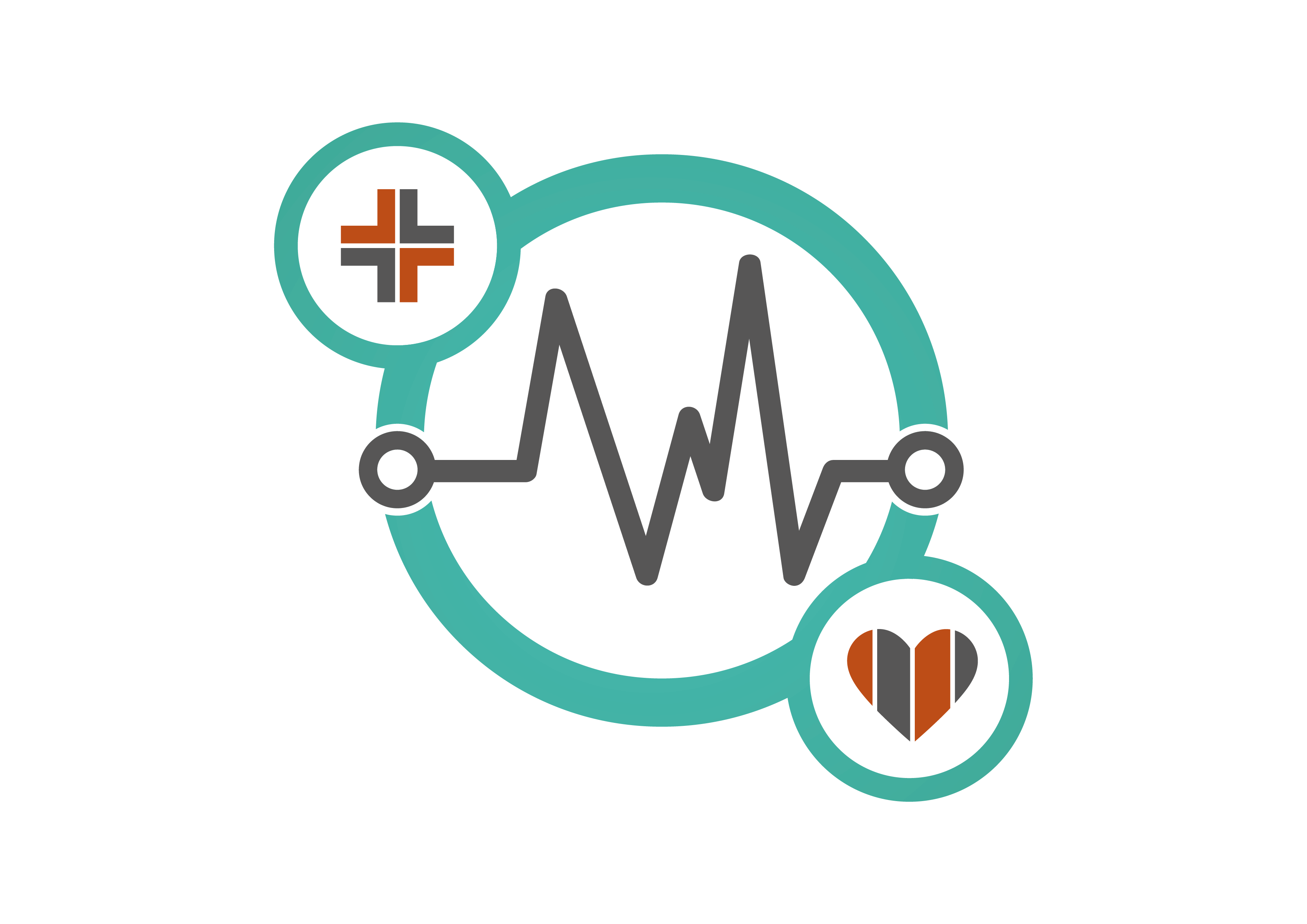While at HLTH Europe, there was a notable focus on preventative healthcare, accompanied by tense remarks about the profitability of preventive technologies versus treatments for existing illnesses. Another aspect of this discussion highlighted the challenge that simply providing education and information isn’t always enough without proper incentives. Many are aware of the risks of smoking, yet continue the habit. In this month’s editor’s question, I explore how technology can effectively prevent illnesses and motivate users to prioritise their health.
Hilary Stephenson, Managing Director at Nexer Digital

Using technology to improve preventive healthcare relies on two key things: trust and ease of use. This may sound straightforward, but the reality is that much of the resistance to HealthTech arises from a lack of trust or poor user experience. To overcome these barriers, innovations must prioritise usability and accessibility.
Patients need to feel that the technology they use is reliable, secure and effective. This trust is built when people have positive and consistent experiences with technology that meet or exceed their expectations. Usability is just as important. If a digital tool is hard to use or inaccessible, patients will be less likely to use it consistently or at all. Therefore, any HealthTech that wants to succeed must focus on intuitive design and inclusivity, so it’s easy for everyone to use, regardless of age, ability or digital confidence.
Artificial Intelligence can help by making interactions more personalised. AI can learn from users and adapt to their needs in real-time, making the experience more engaging and user-friendly. For example, adjusting the tone or pace of interactions. This personalised approach can help build positive habits and meet user expectations, enhancing the likelihood of adoption.
While human interaction in healthcare can never be replaced, more human-like tech experiences can reduce the administrative burden on healthcare providers and free up capacity by empowering patients to manage their own care where appropriate. For example, providing quick and reliable information through AI-driven chatbots and virtual assistants. These tools can guide patients to the right resources, making the initial stages of getting help more efficient. However, we need to ensure these transitions are smooth and patients don’t feel like they’re being pushed away from getting real medical help. Service design and end-to-end usability testing with users are important, as sign-posting to online resources and third-party services is only valuable if those resources themselves are accessible and useful.
We recently worked with Health Innovation Manchester to explore public perceptions of the benefits and risks of sharing data and ultimately create secure environments for patient data-sharing practices. The project found that by having strong protections and clear rules and communication, we can build trust, so patients feel safe sharing their health information. Once shared securely, AI can use this data to offer better triage solutions, combining different pieces of information into a smooth patient journey.
To drive behavioural changes among future patients, we need to focus on giving them control over their health and data. Being transparent about how their data is used and showing them the benefits it brings to their personal healthcare can incentivise people to engage more. By offering clear value through better health outcomes and more efficient care, patients will be more likely to trust and adopt these technologies.
Dr Thurmon E Lockhart, Senior Scientific Advisor at MyACTome and Professor of Biomedical Engineering at Arizona State University

Benefits of wearable technology: Wearable technology innovations when used in preventative healthcare can improve patient health and quality of life, minimise risk factors, improve early-stage disease detection and reduce healthcare costs. Wearables make it easier for patients and providers to predict health outcomes, track health metrics at home and share data directly.
Empowering people with data: Wearable technologies empower patients with proactive tools to prepare for health complications. Wearables enable the collection of real-time, continuous health data for more accurate diagnoses and to determine treatments that reduce health complications. They come in a variety of shapes and forms with diverse functionality based on the individual user’s needs.
Cost-effective: The healthcare industry needs to manage large populations with limited resources. Wearables provide patient health, wellness, and bodily response information related to diet, exercise and sleep, as well as cognitive and emotional challenges. Wearable technologies provide cost-effective data and situational awareness of patients at home to help providers know if a patient needs immediate medical attention.
Example – fall prevention: The inspiration for my wearable device company developed through the Arizona WearTech Applied Research Center came from my father, a World War II veteran who struggled with falling as he aged. The wearable, a smartphone app called MyACTome, helps accurately assess fall risks for individuals with gait, balance and stability challenges. The smartphone’s motion sensor detects mobility patterns to prevent a life-threatening injury. When a risk is detected, the app communicates changes with the individual’s loved ones and can alert medical professionals.
Driving behaviour changes: Wearables can also drive behavioural changes among potential future patients. These innovative devices allow for better management of their health at their convenience. They provide real-time data insights that enable patients to flag early warning signs, proactively consult their healthcare provider and schedule appropriate medical appointments.
Wearables help form healthy habits: Wearables empower patients to develop habits that lead to better health outcomes, for example through setting daily health goals. Wearable devices are an essential tool in the pursuit of holistic health and wellness to facilitate positive behaviour change. They can provide ample opportunities for healthcare entities including insurance companies, providers, clinical practices and hospitals to maximise efficiency and quality of care. Wearables leverage collaboration, innovation and progress in the preventative health technology landscape.
April Chan-Tsui, Director, Product Operations, MedTech Insights, Clarivate

In MedTech, numerous technologies are enhancing preventative healthcare, and improving patient outcomes while reducing the burden on healthcare systems, both in terms of costs and resources. Remarkable advancements in AI are revolutionising patient care. Through advanced algorithms and Machine Learning, AI can analyse vast medical datasets with unprecedented precision and speed. For example, as noted in the Clarivate MedTech Trends to Watch 2024 report, AI-trained programmes can evaluate hundreds to thousands of imaging scans, far exceeding the capacity of human technicians who can assess a maximum of 100 scans daily. This information can be used to identify high-risk patients and the early detection of conditions/diseases that may not have been possible through traditional screening methods.
AI technologies can also be used to support clinician decisions and assess the potential outcomes of these choices. This capability is especially valuable in complex diseases like cancer, where early detection and precise treatment are crucial. Overall, AI use can alter the course of patient management—such as making it possible for early intervention before disease progression makes treatment more complicated, risky or costly—improving outcomes and reducing costs. For this reason, Clarivate projects double-digit growth of AI in healthcare in the coming years.
Smart wearables and remote monitoring also play a crucial role in preventative healthcare. They can track patient activity and other parameters, yielding valuable data that can be utilised to assess patient health levels and manage their care accordingly. These technologies also allow patients to play a more active role in monitoring and tracking their health so they can seek clinician support if there are concerns.
Post-treatment, the use of remote monitoring and wearable technologies can be useful in preventing future complications and further interventions down the line. Clinicians can use these technologies to remotely monitor patients and communicate with them, reducing in-person follow-ups and facilitating the early identification of post-treatment issues. However, various factors will be crucial to adoption of these technologies and to encourage patient buy-in. With AI, there are regulatory and ethical considerations, as well as the need to ensure the accuracy and quality of outputs. The costly process of AI development could inflate product prices, potentially spilling over to patients or payers. Affordability will also be key to the uptake of smart wearables and remote monitoring, as will proper training of patients and clinicians to yield the best outcomes. Finally, cybersecurity issues will remain at the forefront of technologies involving sensitive data. Despite these challenges, these technologies hold significant promise in preventative health care going forward.
Jim Boswell, CEO of OnPoint Healthcare

Technology has incredible potential to enhance preventive healthcare by making it more proactive and personalised. One of the key ways we can utilise technology is through the use of AI and data analytics. Imagine having systems that can sift through massive amounts of health data to spot early warning signs of diseases like diabetes or heart conditions. By catching these signs early, healthcare providers can intervene sooner, which often means simpler, less invasive treatments and better outcomes for patients.
Wearable technology is another game-changer, through devices like smartwatches and fitness trackers which offer real-time insights into your health. They monitor everything from your heart rate to your sleep patterns, encouraging healthier habits by providing instant feedback. For instance, if your tracker shows you haven’t moved much, it might prompt you to take a walk. These small nudges can lead to significant health improvements over time.
Telemedicine also plays a crucial role. It breaks down barriers to access, especially for those in remote areas. Regular virtual check-ups can keep people engaged in their health routines and help catch issues before they escalate. It’s convenient and ensures that even those who might otherwise skip regular doctor visits can stay on top of their health.
To encourage people to adopt these technologies and make healthier choices, we need to think about incentives. Financial incentives, like lower insurance premiums for those who use preventive health services regularly, can be very effective. Gamification is another exciting approach. Think earning rewards for meeting your fitness goals or participating in health challenges. It makes taking care of your health fun and rewarding.
At OnPoint, we’re committed to integrating these and other tech-enabled solutions into a single platform we call OnPoint IRIS. Our suite of solutions are all targeted at improving the patient and provider experience all the while ensuring that Patient Safety is our north star.


